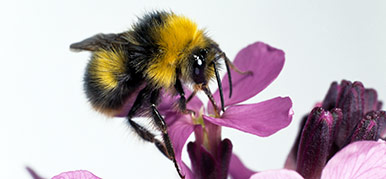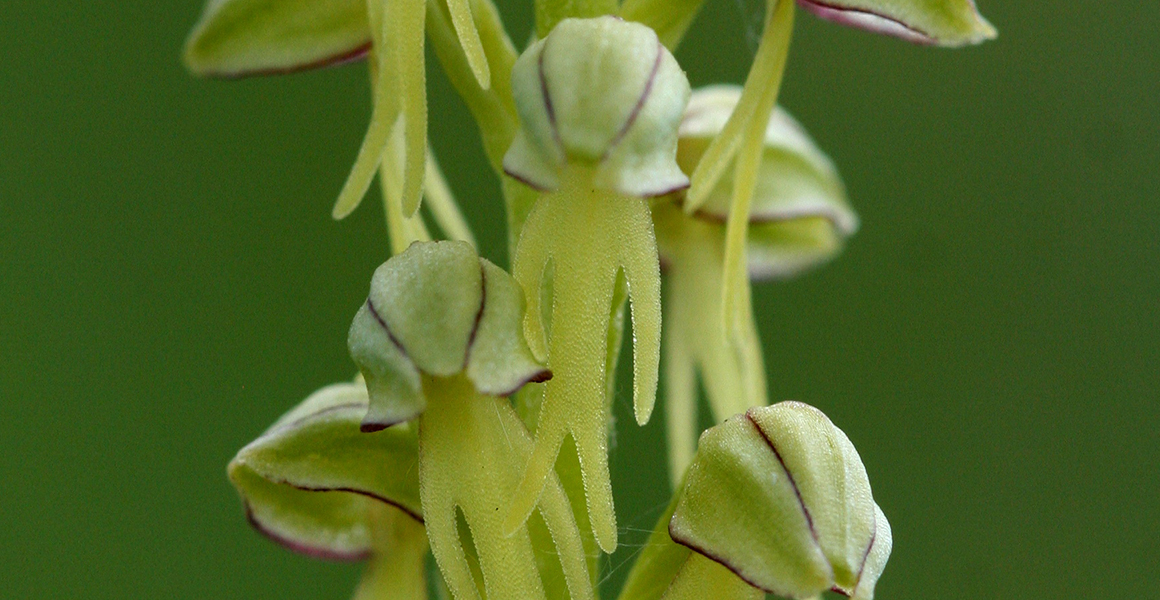Some flowers go to extraordinary lengths to attract pollinators. Bee orchids mimic the shape and scent of bees in order to lure them into ‘pseudocopulation’, where the male insect attempts to mate with the flower.
While the bee gets nothing but a wasted effort, the orchid transfers some of its pollen to the bee. When the bee flies off and lands on another orchid it deposits the pollen, allowing the flowers to reproduce.
Despite the elaborate deception, bee orchids also engage in self-pollination, transferring pollen from the male to the female parts of the same plant. The late spider orchid however is pollinated solely by sexual deception involving insects, which means the flower is a much rarer sight.
Join Museum botanist Fred Rumsey on the North Downs in Kent as he hunts for these clever orchids.

British wildlife
Find out about the plants and animals that make the UK home.

Pocket bumblebee guide
A pocket-sized ID guide to the six main species of UK bumblebees.




Don't miss a thing
Receive email updates about our news, science, exhibitions, events, products, services and fundraising activities. We may occasionally include third-party content from our corporate partners and other museums. We will not share your personal details with these third parties. You must be over the age of 13. Privacy notice.
Follow us on social media